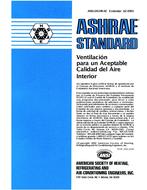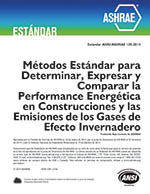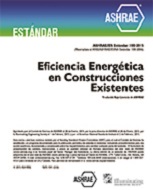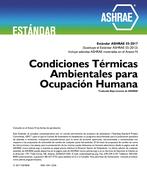Description
Over the last few years, smaller heating, ventilating, and air conditioning (HVAC) manufacturers have started to apply condensing combustion technology into packaged gas heating and electric air conditioning rooftop units (RTUs). As early markets are being defined for these emerging, higher efficiency heating product lines, a great deal of uncertainty has centered on the runtimes and gas usage assumed for conventional, non-condensing RTUs in net energy savings calculations. Essential to the initial economic success of condensing RTUs is identifying applications with sufficient heating loads to drive runtimes and resulting gas usage high enough to pay back installed cost premiums. Also central to the economics is the prospect of gas savings for the condensing RTU being offset by increased electricity usage for the fan to move supply air through the additional pressure drop of the secondary condensing heat exchanger – often continuously during HVAC operating schedules for commercial buildings. Further complicating the situation are commercial building benchmark simulation models from the Department of Energy (DOE) and American Society of Heating Refrigerating and Air-Conditioning Engineers (ASHRAE) that give conflicting heating load results and possibly under-represent gas use of RTUs. That hinders the establishment of consensus market economics and can discourage the introduction of energy efficient heating upgrades for RTUs.
Such circumstances set the stage for a RTU monitoring initiative in the field over the 2010/2011 heating season at 11 Chicago area commercial buildings ranging in size from roughly 3,500 to 200,000 square feet including a small office, quick service restaurants, retail drug/convenience stores, retail clothing/home goods stores, and a retail “big box” store. Over 100 non-condensing, 80% thermal efficiency (TE) RTUs were instrumented to record burner operations (1st and 2nd stage firing runtimes, as applicable) and supply fan runtimes. Field monitoring results indicate very diverse heating runtimes for RTUs on a given building, but certain patterns emerge. RTUs conditioning perimeter zones see greater runtimes. RTUs conditioning interior zones see significantly smaller runtimes. RTU layouts in “identical” buildings show some consistency in RTU runtime patterns. With predictable heating runtime patterns for RTU layouts, it presents an opportunity for selective high efficiency heating upgrades for high runtime RTUs. Dedicated outside air systems (DOAS) in the retail “big box” store exhibit the highest heating/gas loads and present the most promising early market entry point for condensing, 90%+ TE RTUs. Supply fan runtimes yielded less discernible patterns. Other than the highly predictable runtimes of the DOAS, RTUs exhibited supply fan runtimes that ranged from less than 5% to full 100% runtime fractions, but without “identical” buildings showing consistency in RTU supply fan runtime patterns.
Citation: ASHRAE Papers CD: 2014 ASHRAE Winter Conference, New York, NY
Product Details
- Published:
- 2014
- Number of Pages:
- 8
- File Size:
- 1 file , 1.7 MB
- Product Code(s):
- D-NY-14-C084




